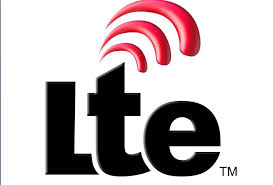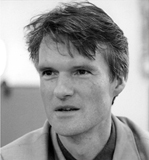
With three mobile operators, Verizon Wireless, Telstra of Australia and Smart Communications in the Philippines, now having conducted successful trials of LTE Broadcast, it is a good time to assess why at last multicast video transmission over cellular is coming of age.
There have been various failures in the past, such as DVB-H, mostly in Europe, and Qualcomm’s MediaFLO in the US, but they came too early and did not meet all the technological challenges. The underlying factor is the proliferation of tablets and ever larger smartphones, providing users with compelling mobile devices conducive not just for snacking but also consuming longer form content. This in turn has created a surge in video consumption over cellular that threatens to swamp both radio spectrum and the backhaul capacity of radio operators. LTE Broadcast can save spectrum and fixed network capacity for popular live or linear video content that is consumed simultaneously by a sufficiently large number of people that would otherwise generate multiple unicast streams down to the cell level.
If there are only one or two people in each cell watching a given stream, then LTE Broadcast will not save much spectrum. But there is usually at any one time some relatively popular content being streamed over a given cellular network. Therefore, as various surveys from Ericsson and others have indicated, on average a mobile operator can cut traffic by at least 10% through use of LTE Broadcast. But that does not give the full picture, since the savings will be greater at peak times when more popular content tends to be consumed.
But the killer use case is for venue broadcasting, where hundreds or even thousands of people at say a large sporting event or concert may simultaneously want to tuck into action replays or content relevant to the occasion. Then LTE Broadcast becomes essential both to feed the cell where the venue is located and to distribute the content to devices over the RAN (Radio Access Network). Of course earlier cellular broadcast technologies could also serve venues in principle, but fell down over cost of infrastructure, lack of complaint devices and mobile screens being too small for compelling viewing. DVB-H required significant additional infrastructure investment to deploy, as well as specific upgrades to handsets.
LTE Broadcast will run over all LTE infrastructure and while it is not supported by current commercially available handsets, it will come out of the box with the next generation ready to hit the market in the second half of 2014. It also delivers video much more efficiently than its ancestors such as DVB-H, partly through being based on the 3GPP eMBMS (Evolved Multimedia Broadcast Multicast Service). eMBMS uses OFDM (Orthogonal Frequency Division Multiplexing), which has been incorporated a while in other wireless systems such as Wi-Fi, Wimax and DVB broadcast, but is new to cellular. The key point is that OFDM is a form of inverse multiplexing, splitting the broadcast signal over multiple low bit rate carriers that are therefore closely spaced in frequency, but do not interfere with each other because the waves are out of phase with each other.
This greatly increases robustness against fading at a given frequency, since the signal is split out across a range of frequencies. This robustness enables LTE Broadcast to deliver premium broadcast quality video over cellular for the first time. Apart from eMBMS, LTE Broadcast will in future be able to take advantage of associated developments in video transmission, in particular MPEG DASH for standardized streaming and HEVC (High Efficiency Video Coding)/H.265 for stronger video compression. Taken together these technologies will ensure that LTE Broadcast both reduces bandwidth consumed by mobile video and increases the quality. This is why despite having been bitten before the cellular industry is convinced that LTE
Broadcast will be a great success. Part one in the series by Philip Hunter is here and part two is here. 
